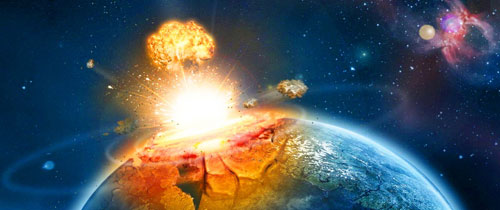
What is a Star? Look up in the night sky and you’ll see lots of stars. But what is a star? In a scientific sense, a star is ball of hydrogen and helium with enough mass that it can sustain nuclear fusion at its core. Our Sun is a star, of course, but they can come in different sizes and colors. So let’s learn what a star is.
75% of the matter in the Universe is hydrogen and 23% is helium; these are the amounts left over from the Big Bang. These elements exist in large stable clouds of cold molecular gas. At some point a gravitational disturbance, like a supernova explosion or a galaxy collision will cause a cloud of gas to collapse, beginning the process of star formation.






 Learning
Learning






